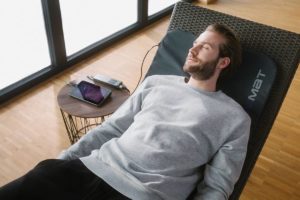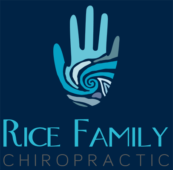What research says about taking glucosamine for knee pain

What research says about taking glucosamine for knee pain
You’re sitting down watching the television and suddenly realise you’ve got to get up quickly to turn the kettle off or answer the phone. On your way up, you feel it almost instantly, the grinding, bone rattling feeling in your knees, accompanied occasionally by a distinct popping sound. If this is a familiar experience to you then you’re more than likely a sufferer of osteoarthritis (OA) of the knees.
OA tends to affect more people past middle age, those who are overweight, or even those who were athletes in their younger years. It’s also hereditary, so some younger people get it also.
Regardless if who you are or how old you are, osteoarthritis in the knees (and hips) is a painful, debilitating and frustrating condition to suffer from. And, unfortunately, it can be difficult to treat. There are a number of approaches health practitioners use to treat OA depending on their discipline. One of the most common over the counter remedies has been glucosamine tablets.
In fact, glucosamine is currently one of the most commonly used dietary supplements in Canada and the US. Increases in rates of OA and obesity, which so often leads to OA, have lead more and more people in search of treatment. The problem, if you hadn’t already heard it, is that glucosamine has roused a growing din of doubters.
Glucosamine is an essential element that helps keep our joint cartilage healthy, which in turn cushions the grinding and swiveling motion within our joints. Unfortunately, glucosamine levels naturally drop as we age, which can lead to deterioration of the joints.
Cartilage is made up of water, collagen and proteoglycans. Proteoglycans hold many times their weight in water and are arranged like a net that is the supporting structure for collagen and that keeps it lubricated. If the proteoglycans weaken, they can break and form “holes” in the net, allowing the collagen to leak out, weaken the structure of the cartilage and reduce the amount of synovial fluid in the joint.
Glucosamine is a major building block of proteoglycan synthesis and stimulates cells to produce more of them. This means that a drop in glucosamine leads to an eventual deterioration of the cartilage. However, the question now is whether glucosamine supplementation makes any difference in the amount of glucosamine in the joints, and if so, whether there is any beneficial effect. Based on recent meta-studies, most researchers appear to believe the jury is still out.
Most studies on this matter to date have been relatively small, with mixed results. For example, the largest single clinical trial on the efficacy of glucosamine, the Glucosamine/Chondroitin Arthritis Intervention Trial (GAIT), was published in 2006. The researchers found that the group of 1,600 people with osteoarthritis of the knee did not receive overall pain reduction from glucosamine and chondroitin supplements—unless their OA was considered to be moderate to severe. Also, because the study tested glucosamine and chondroitin supplements simultaneously, researchers were unable to say which of the supplements cause the improvements.
A meta-analysis of 10 different trials examining 4,000 people suffering from joint pain, and which was published in the journal BMJ (British Medical Journal), found that glucosamine, chondroitin and the combination of the two did not alleviate joint pain or have any impact on the reduction of joint space, compared with placebo. Further complicating things is the fact that glucosamine comes in two primary forms: glucosamine sulfate and glucosamine hydrochloride. The meta-analysis included trials using both forms. As a result, the analysis did not necessarily compare like with like.
Other trials have tested these glucosamine forms individually, with results continuing to support the thesis that supplements have no notable benefit. For example a 2004 study pioneered by UBC’s Dr. Jolanda Cibere involved 137 subjects in four Canadian cities, all of whom suffered from joint pain and who were using glucosamine sulfate supplements at the time the study began. The subjects were then either given glucosamine sulfate or a placebo. Following the 24-week study, the authors concluded “no evidence of benefit from continued use of glucosamine.”
In spite of these results, a 2005 Cochrane meta-analysis of randomized controlled trials evaluating the effect of glucosamine included 25 studies with nearly 5000 participants—and appeared to find the opposite results. When investigators discarded the low-quality and older studies, they concluded that glucosamine did not have any effect on joint pain that was superior to placebo except for one type, crystalline glucosamine sulfate, which did prove superior to placebo.
For many people, these mixed results will leave them scratching their heads. In the end, it’s hard to know who to trust on these matters for good advice. At Rice Family Chiropractic, we always take a holistic approach to the body and its ailments. Many issues such as OA can be vastly improved simply by addressing two overlooked key issues: Diet and exercise. Additionally, there are a number of other approaches to improving the outlook for those suffering from pain caused by OA, including injections, physical therapy and, in some cases, surgery.
If you are suffering from OA or any other back or joint ailment, please contact Rice Family Chiropractic for a consultation.

















